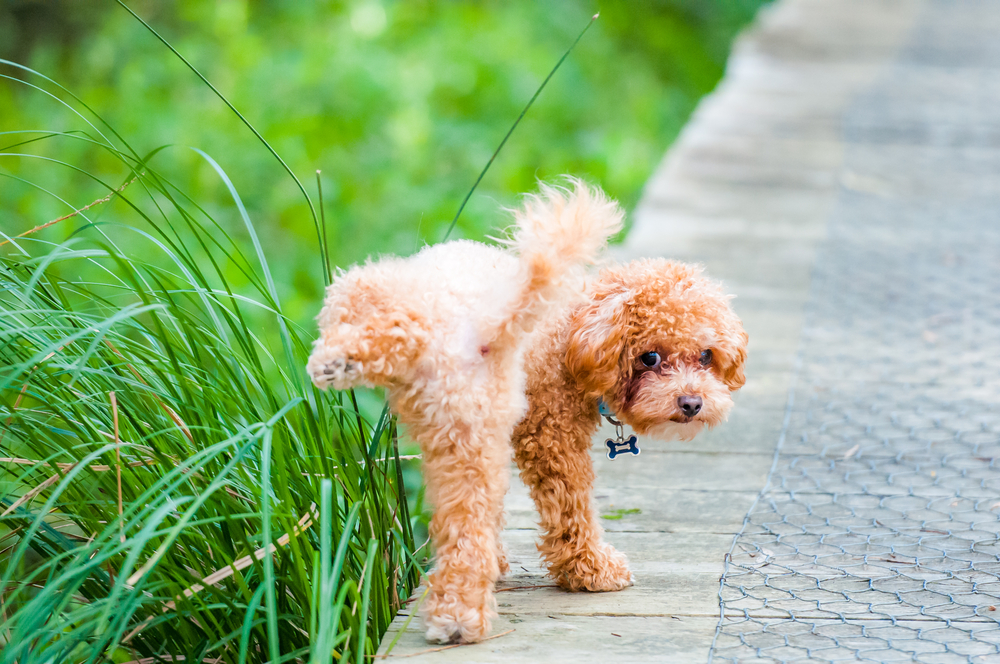How to Collect a Urine Sample from Your Dog
Your veterinary team may need your help in collecting a urine sample from your dog. Urine samples can be helpful for annual wellness exams or figuring out how to treat a specific health issue. If your vet needs you to collect a urine sample from your dog, use these tips to simplify the process:

Why Do I Need to Collect My Dog’s Urine?
Before collecting a sample, it is important to understand how urine can help your veterinarian get a clear picture of your dog’s health. A urinalysis is a test performed on the urine to look for chemical properties or other signs that something isn’t working right. Although it is most often performed to see how the kidneys and urinary system are functioning, it also has other uses. Urinalysis can alert a veterinarian to blood in the urine, diabetes, and even urinary tract infections. Without this test, your veterinarian will not have a full understanding of how your dog’s body is working.
How to Collect a Urine Sample from Your Dog
When collecting a urine sample, you should keep it as clean and pure as possible. Use a clean, empty container and hold it underneath your dog as he or she urinates. Cover the sample with a lid. If possible, take it to your vet within a few hours. If you cannot get to the veterinarian the same day, store the sample in the refrigerator until you can.
Tips for Clean Collection
The basics of collecting a urine sample from your dog may seem simple, but since you are working with an animal, it might be easier said than done. These tips can help you simplify the process so you can get the sample you need:
- Collect the sample in the morning. This ensures you get the most concentrated sample.
- Use a short leash when your dog goes outside to pee. Even if you are in your backyard, this will make it easier to collect.
- Wear protective gloves. Thoroughly wash your hands with soap and water once the transfer is complete.
- If your dog lifts his leg to pee, you can use a bigger container, like a jar, to catch the urine mid-stream.
- If your dog squats to pee, place a shorter container underneath the dog and transfer the liquid to a more secure container once it is complete.
- Large ladles are a great tool for helping collect a urine sample.
- Enlist some help if possible. If someone can hold the leash, it will be much easier to collect the sample.
Let the Professionals Collect the Sample
If you have tried and failed to get a urine sample from your dog, you might want to turn to the professionals for help. Schedule an appointment for the veterinary team to collect the sample. Make sure you do not walk your dog for a few hours before the appointment so there is a higher chance he will be ready to go at the vet.
For more tips on all things pet ownership, visit Oakland Veterinary Referral Services’ blog. To learn more about top tier specialty veterinary and emergency services, please call (248) 334-6877.


